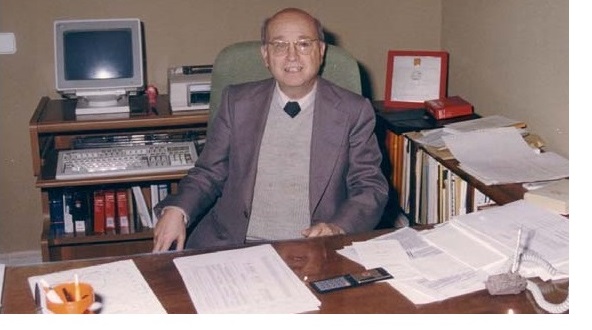 With great sadness we've to inform that Dr. Luis Felipe Alberca Silva, Padre Alberca, director of Ebre Observatory (1985-2001) passed away last morning, yesterday 25 March. The Ebro Observatory sympathizes with his family and with the Society of Jesus in his lost. We will always remember his teaching and his unconditional service to the Ebro Observatory, the Ramon Llull University and the scientific community.
With great sadness we've to inform that Dr. Luis Felipe Alberca Silva, Padre Alberca, director of Ebre Observatory (1985-2001) passed away last morning, yesterday 25 March. The Ebro Observatory sympathizes with his family and with the Society of Jesus in his lost. We will always remember his teaching and his unconditional service to the Ebro Observatory, the Ramon Llull University and the scientific community.
Dr. Alberca was born in August 1930. He gets his MsD in Physics in 1958 and his PhD in 1977 at the Universitat de Barcelona. He started to work at the Ebro Observatory in 1968 and was contributing to it up to his very last time with the service of rapid magnetic variations of the IAGA. He was director of the Ebro Observatory from 1985 to 2001. He also worked for the “Junta de Energía Nuclear” (1959-1960).
Dr. Alberca contributed to important results of study and monitoring of the ionosphere obtained in the late 1960 to 2000s (Alberca et al. 2000). These were related to total electron content (TEC) and D region radio absorption studies. In 1964 NASA launched the Explorer 22 satellite and later provided recording equipment for Faraday rotation TEC measurements at Ebre Observatory. In the following years, data from satellites Syncon III, Intelsat II-F3, ATS-F, SIRIO, and INTASAT were also recorded and used. Daily and seasonal behavior of TEC, and solar activity influence on TEC were obtained and assessed (Galdón and Alberca, 1970a, 1971; Alberca and Galdón, 1974): in general, the winter anomaly does not exist in the TEC recorded at Ebre Observatory (Galdón and Alberca, 1970b). A combination of TEC and vertical incidence soundings allowed for studies of the ionospheric slab thickness and some other parameters such as neutral temperature, scale height, and integrated electron production rate for vertical and grazing incidence were also deduced (Alberca, 1977). Note that even today there are significant contributions to modeling on slab thickness and scale height behavior. In 1967 collaboration between the Ebro Observatory and the Max-Plank Institut für Aeronomie in Lindau, Germany began in order to establish a network of radio absorption measurements, covering the Iberian Peninsula, that were based on the A3 method. As a result of this joint effort, the winter anomaly of the D region was assessed, and these studies were complemented by measurements of temperature, composition, and wind velocity at D and E heights by means of rocket launches (Galdón et al., 1974).
During the 1980s there was a noticeable lack of ionospheric research at the Ebre Observatory, probably because of economic difficulties. However, during the late 80s and early 90s new international collaborations started with the impulse of Dr. Alberca and the Ebro Observatory succeeded to continue its tasks. The participation of the Ebre Observatory first in the EUROCAP project in 1987 and after in the European COST actions 238 and 251, thanks to Dr. Alberca efforts, was crucial for the internationalization of the Ebro Observatory. These years was discovered that a hysteresis variation of the foF2 with sunspot cycle was related to a semi-annual geomagnetic wave (Apostolov and Alberca, 1995), and a model for its prediction was proposed by Apostolov et al. (1994). Also, the variability of the ionospheric F region, caused by planetary wave signatures and its relationship to mesosphere/lower thermosphere winds and geomagnetic activity variations, has been extensively investigated (Pancheva et al., 1994; Apostolov et al., 1998). Dr. Alberca also contributed to study of the electric field and conductivity measurements of the stratosphere, with two high-altitude balloon flights between Italy and Spain in 1989 and 1990. The high altitudes of these flights, 35 and 38 km, allowed us an opportunity to explore the electrical parameters of the upper stratosphere at midlatitudes and to extend the validity of earlier models from 28 km to nearly 40 km.
His death is a great loss for the ionospheric physics community worldwide and in particular, for the Ebro Observatory.

